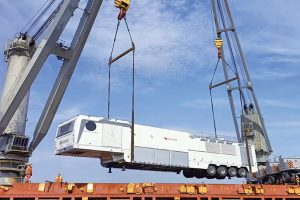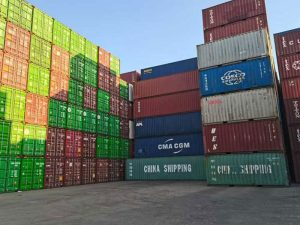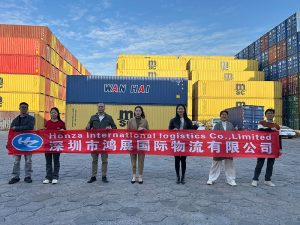In the intricate world of global trade, logistics plays a pivotal role in ensuring the smooth flow of goods and services across borders. Two terms that often come up in this context are “international logistics” and “air logistics.” While both involve the transportation of items from one country to another, they differ significantly in scope, speed, and the types of goods they handle. This blog post aims to shed light on these differences and help you understand when to use each service.

International Logistics: The Backbone of Global Trade
International logistics refers to the comprehensive management of the entire supply chain process involved in moving goods internationally. This includes everything from procurement, packaging, warehousing, and transportation to customs clearance, distribution, and final delivery. It encompasses multiple modes of transport, such as ocean freight, road transport, rail, and, yes, air logistics.
The primary goal of international logistics is to optimize the flow of goods, minimize costs, and ensure timely delivery while adhering to international trade regulations and standards. It’s a complex and multifaceted field that requires expertise in logistics management, supply chain optimization, and cross-cultural communication.
Air Logistics: Speed and Efficiency in the Sky
On the other hand, air logistics focuses specifically on the transportation of goods via air. This mode of logistics is ideal for time-sensitive or high-value items that need to be delivered quickly and securely. Air logistics offers unparalleled speed and reliability, making it the preferred choice for perishable goods, medical supplies, emergency equipment, and high-tech products.
One of the key advantages of air logistics is its ability to connect remote or hard-to-reach locations. It bypasses geographical obstacles, such as mountains, oceans, and underdeveloped infrastructure, allowing for direct and swift delivery. However, this convenience comes at a higher cost compared to other modes of transport, due to the expenses associated with air travel, fuel, and specialized handling.
Choosing the Right Option for Your Needs
When deciding between international logistics and air logistics, it’s essential to consider your specific requirements. If you’re shipping large volumes of non-perishable goods with a flexible delivery timeline, international logistics via ocean freight or road transport might be the most cost-effective option. On the other hand, if you need to transport high-value, time-sensitive, or perishable items, air logistics is the way to go.
It’s also worth noting that international logistics and air logistics are not mutually exclusive. In many cases, they complement each other. For instance, a company might use ocean freight for bulk shipments of raw materials and air logistics for urgent product samples or finished goods.
In conclusion, understanding the differences between international logistics and air logistics is crucial for making informed decisions about your global supply chain management. By choosing the right mode of transport for your needs, you can optimize costs, improve delivery times, and ensure the smooth flow of goods across borders. In today’s fast-paced global economy, having a clear grasp of these concepts is essential for success in international trade.



